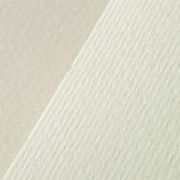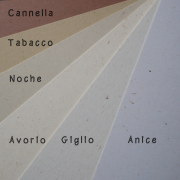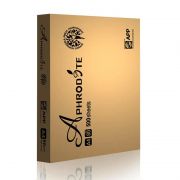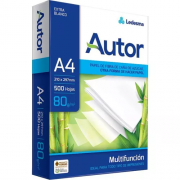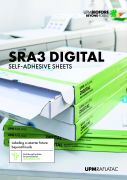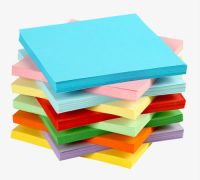Digital Paper
- Formats: 72x101 cm, 260 g/m2
- Formats: 72x102 cm, 130 & 240 g/m2
- Available: 120 gsm 250 gsm
- Size: 70x100
Extremely broad range of 32 sparkling colours
- Available: 70-80 gsm
- Size: A4
- Available: 80 gsm
- Size: A4 A3
- Available in MATT, GLOSS
- Size SRA3
- Available in MATT, UNICOAT, GLOSS
- Size SRA3
- Available: 105-130-150-170-200-250-300-350 gsm
- Size: SRA3
- Available 55-75-80-120-240-325 gsm
- Size 64x90, 70x100, A3, A4
Digital printing paper, also known as digital print paper or digital imaging paper, is specifically designed for use with digital printing technologies. It is engineered to deliver high-quality print results and optimal performance in digital printing devices such as laser printers, inkjet printers, and digital presses. Here are some key features and considerations related to digital printing paper:
-
Coating: Digital printing paper may have a specialized coating on its surface. The coating can be either glossy or matte, and it helps enhance the print quality by improving ink absorption, color vibrancy, and image sharpness. Coated digital printing paper is commonly used for vibrant graphics, photographs, and marketing materials.
-
Weight: Digital printing paper is available in various weights, typically measured in pounds or grams per square meter (gsm). The weight influences the thickness and durability of the paper. Depending on the intended application, digital printing paper can range from lightweight options suitable for everyday office printing to heavier weights for more substantial documents or high-quality prints.
-
Brightness and Whiteness: Digital printing paper often has a high brightness level and a bright white color to provide excellent contrast and color reproduction. Higher brightness levels (typically measured on a scale from 0 to 100) result in a crisper and more vibrant print output.
-
Smoothness: Digital printing paper is designed to have a smooth surface to ensure accurate ink or toner transfer and produce sharp, detailed prints. A smooth surface minimizes feathering, bleeding, and smudging of the printed images and text.
-
Compatibility: Digital printing paper is optimized for use with digital printing technologies such as laser printers, inkjet printers, and digital presses. It is engineered to handle the specific ink or toner formulations, fusing processes, and high-speed printing associated with these devices.
-
Drying Time: Digital printing paper is formulated to allow for quick drying of inks or toners used in digital printing. This helps prevent smudging and enables faster handling and finishing of printed documents.
-
Print Applications: Digital printing paper is suitable for a wide range of print applications, including brochures, flyers, business cards, presentations, marketing materials, photographs, and other high-quality prints. It provides excellent color reproduction, sharpness, and detail, making it ideal for producing professional-looking documents and promotional materials.
-
Specialty Options: Some digital printing papers offer specialty features or finishes, such as water-resistant coatings, acid-free properties for archival purposes, or textured surfaces for unique tactile effects.
When selecting digital printing paper, consider factors such as the desired print quality, the type of digital printing technology being used, the specific application, and any special requirements or finishes needed for the project. It's important to choose a paper that is compatible with your printer or press and meets your desired print quality expectations.



